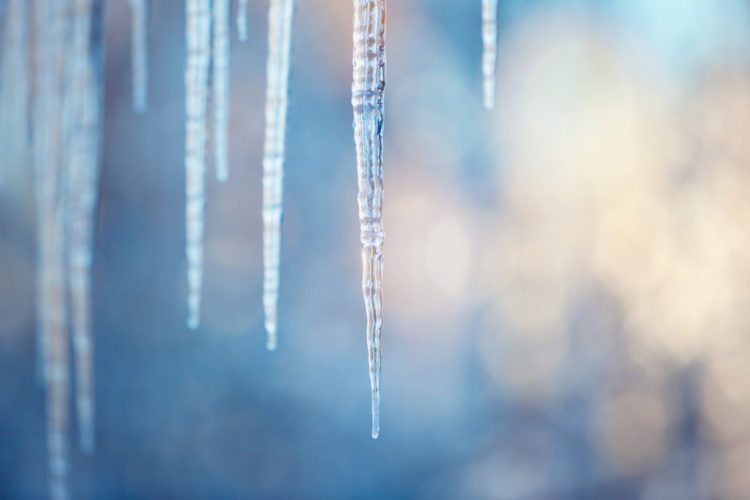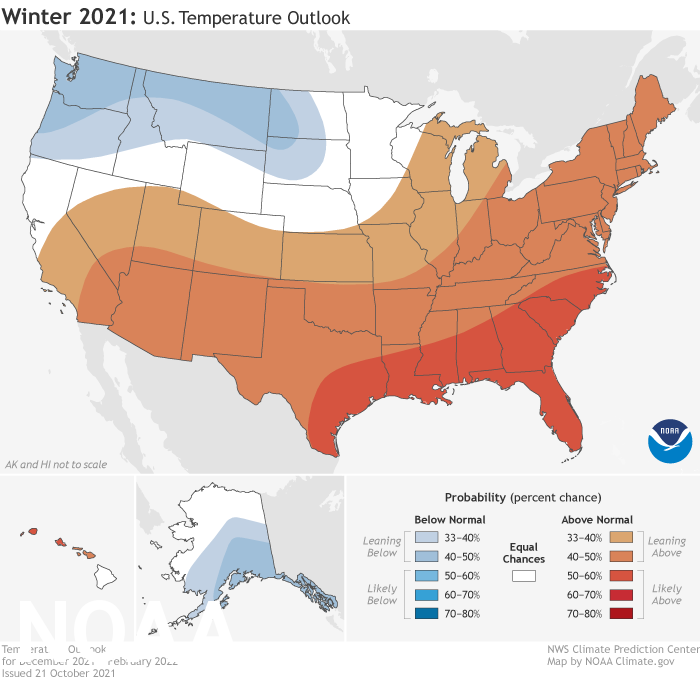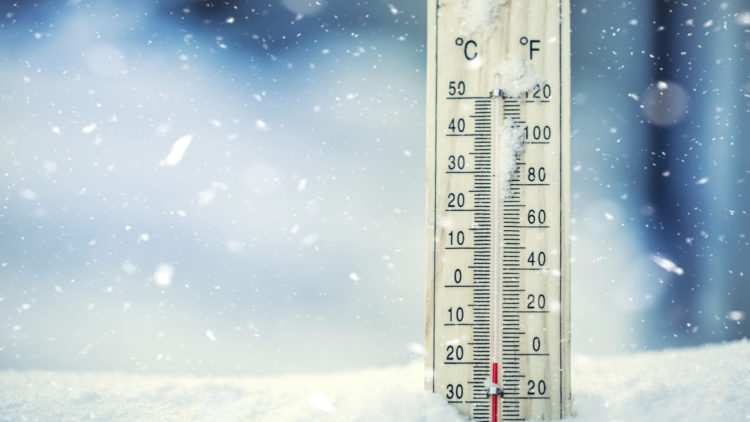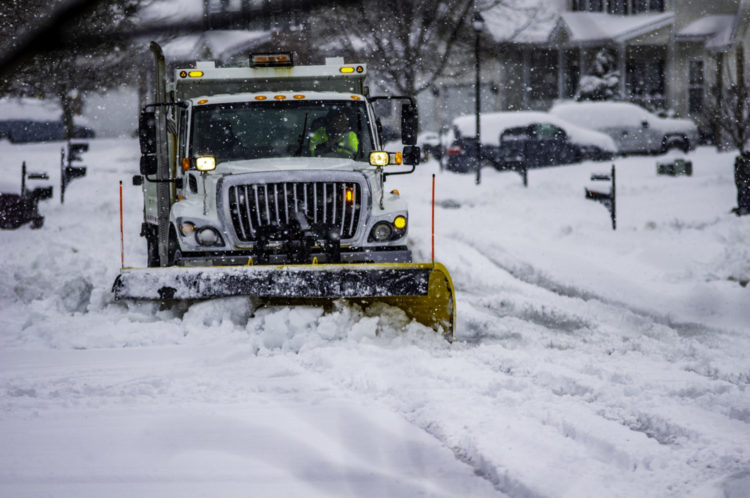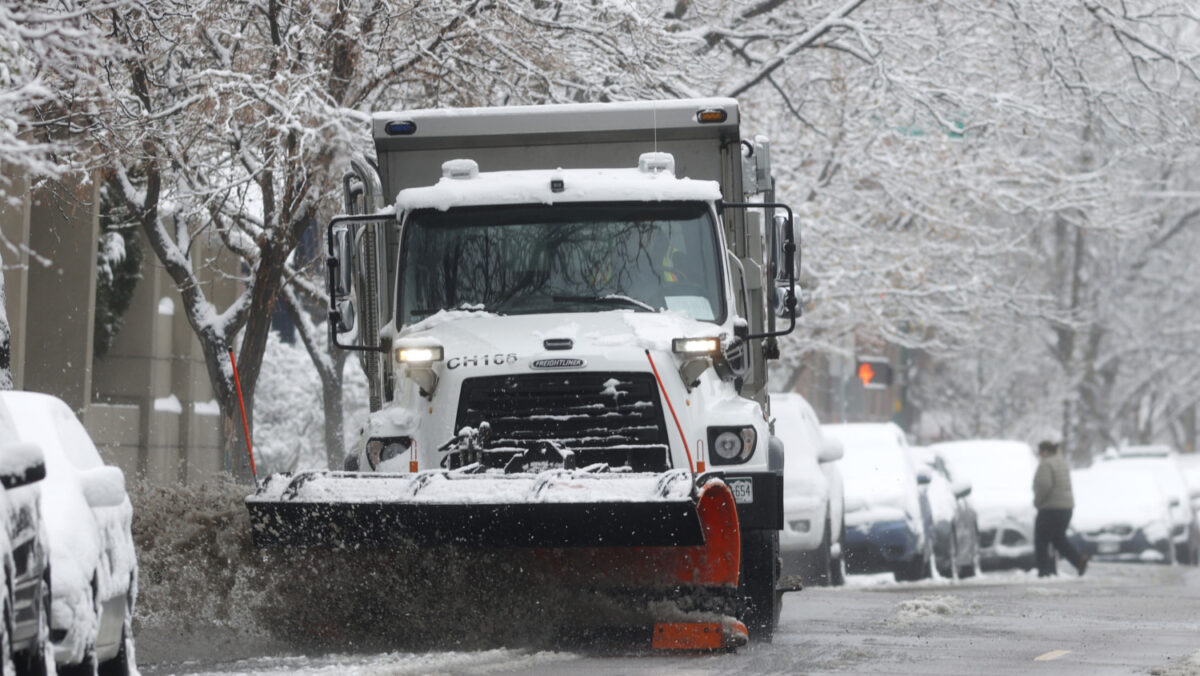Old Farmer’s Almanac predicts long, cold ‘season of shivers’ for the U.S.
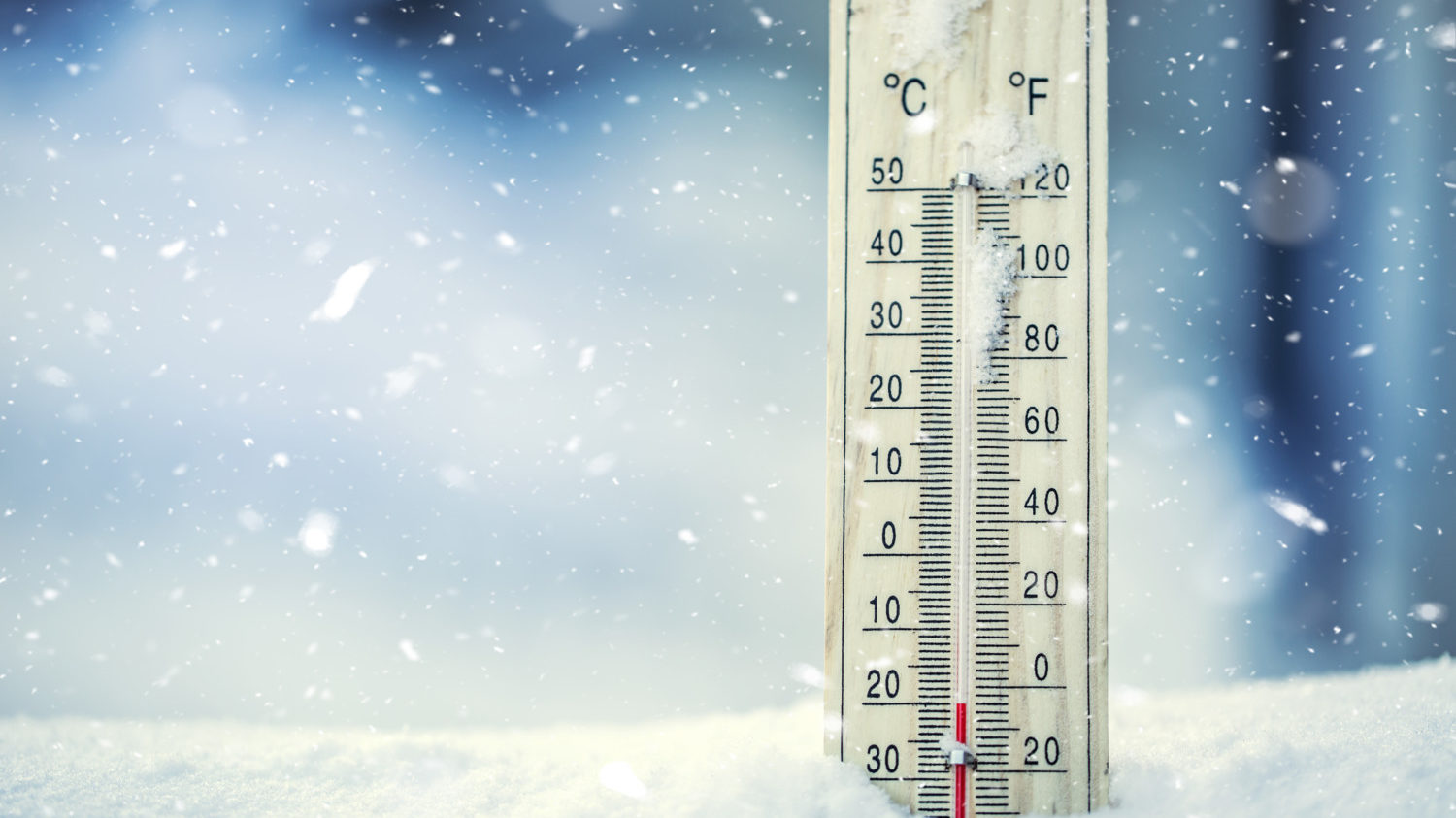
“The 2022 Old Farmer’s Almanac” predicts “a season of shivers” for the U.S. this winter. The centuries-old reference guide suggests that most of the U.S. will experience below-average temperatures in the next few months.
“This coming winter could well be one of the longest and coldest that we’ve seen in years,” Janice Stillman, editor of “The Old Farmer’s Almanac,” said in a statement.
The frigid weather could also usher in tremendous amounts of snow in New England and the Ohio Valley, northern portions of the Deep South, southeast New Mexico, and from eastern Montana southward through the western halves of the Dakotas into northeastern Colorado.
Although the almanac expects the West to remain predominantly dry, the predictions state that all but the Pacific Coast and portions of the Southwest will also endure the frigid cold.
Editor Robert B. Thomas first published “The Old Farmer’s Almanac” in 1792 during George Washington’s first term as president. Many almanacs, which are annual calendar publications with significant dates and statistical information, were published during that time, but Thomas’ almanac has stood the test of time. The publication boasts an accuracy rate of 80% using a combination of Thomas’ secret weather-predicting formula and modern science and technology.
However, some experts dispute that rating. For instance, John Walsh, professor emeritus of the Department of Atmospheric Sciences at the University of Illinois, conducted a study testing the almanac’s accuracy and concluded that its success rate was closer to 50%.
So, will the predictions for winter weather come to pass? According to the National Oceanic and Atmospheric Administration’s Climate Prediction Center, a division of the National Weather Service, above-average temperatures are expected across the South and most of the East. Portions of the northern U.S. can anticipate wetter-than-average conditions.
“Consistent with typical La Nina conditions during winter months, we anticipate below-normal temperatures along portions of the northern tier of the U.S. while much of the South experiences above-normal temperatures,” Jon Gottschalck, chief of the operational prediction branch of the Climate Prediction Center, said in a statement. “The Southwest will certainly remain a region of concern as we anticipate below-normal precipitation where drought conditions continue in most areas.”
Whether you swear by the Almanac or rely on meteorological experts, it’s always a good idea to prepare for winter weather just in case.


